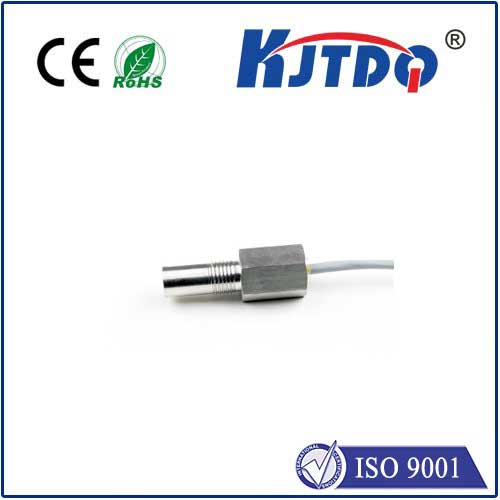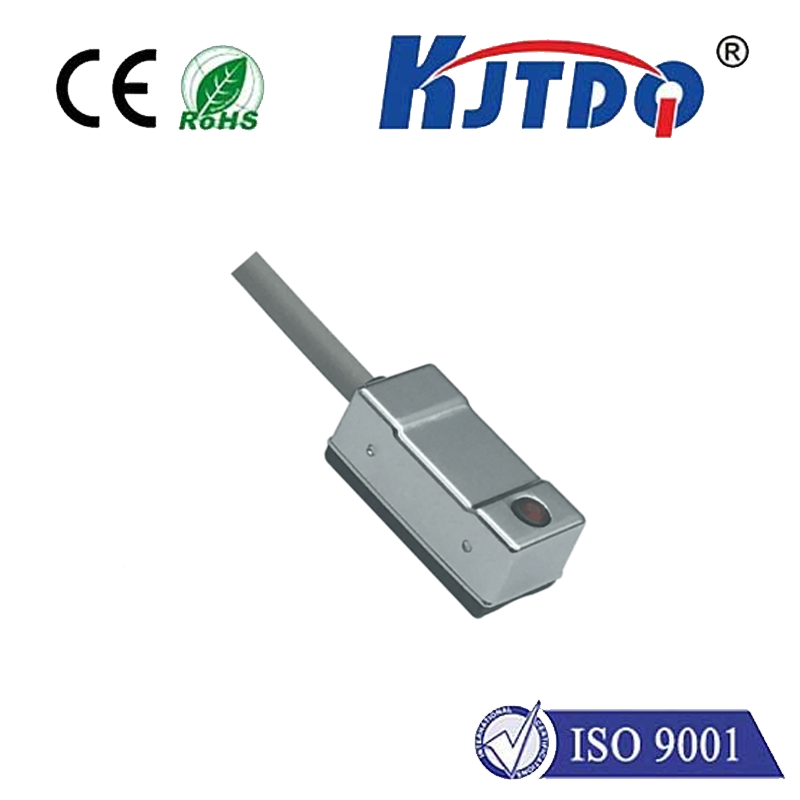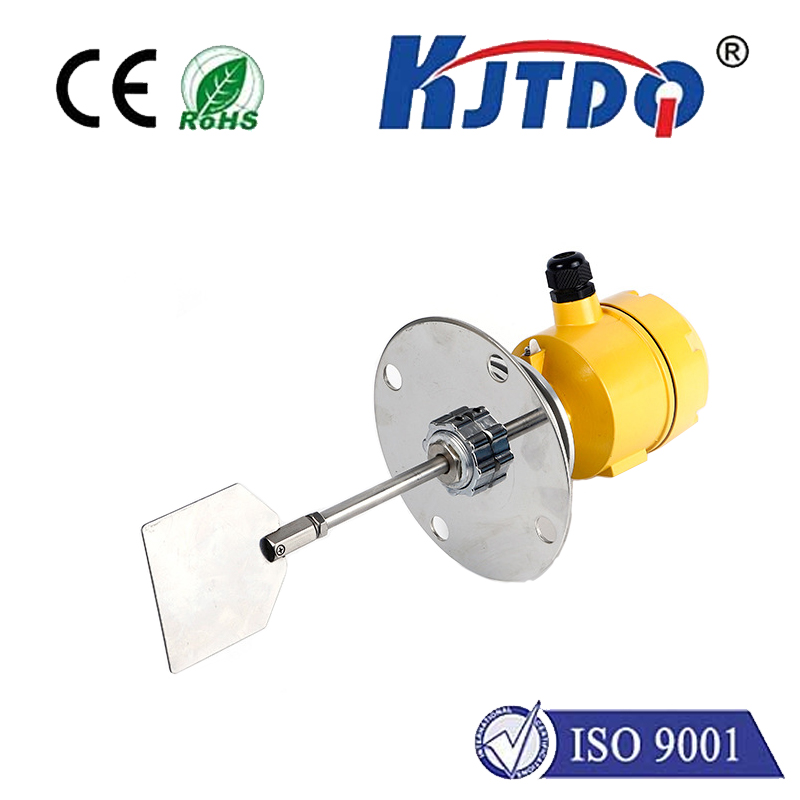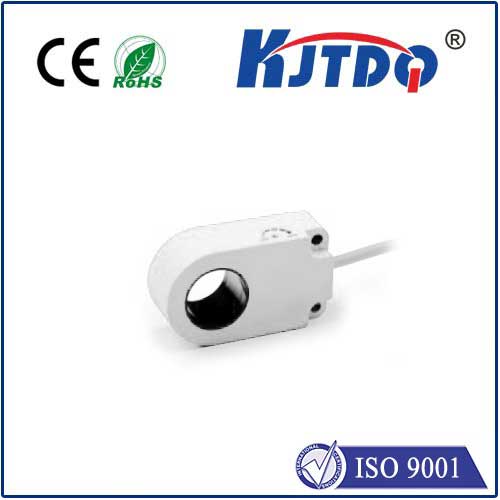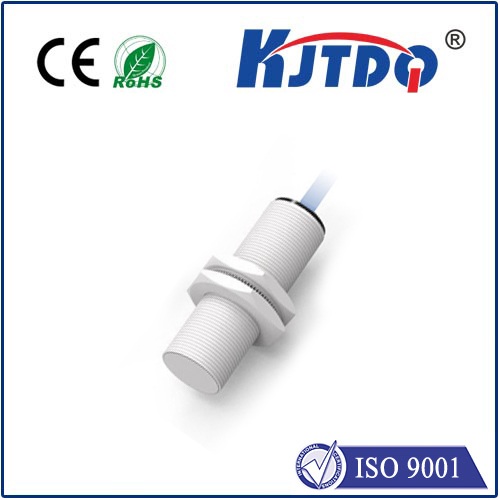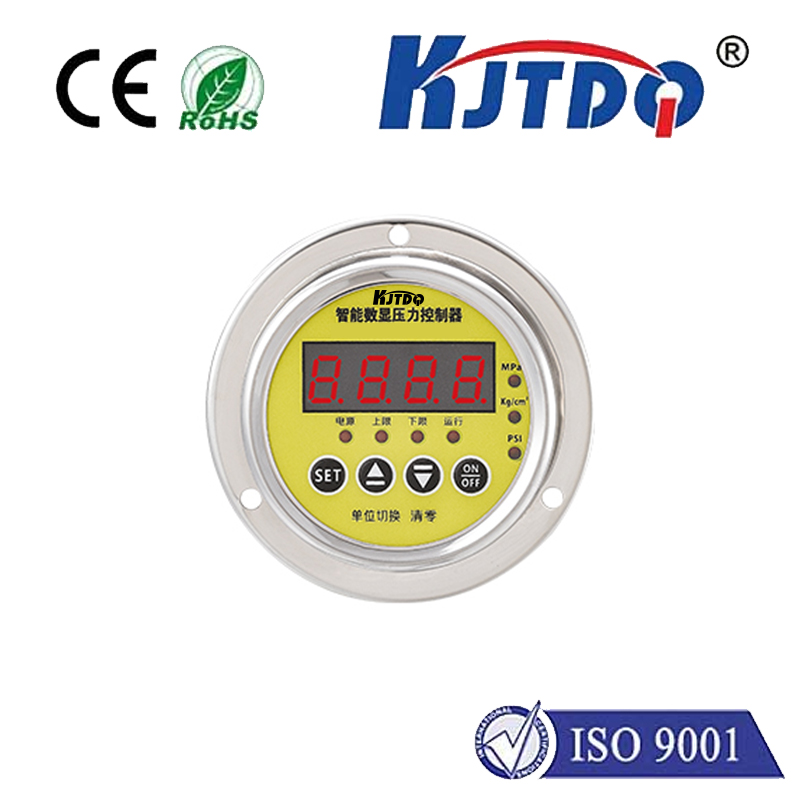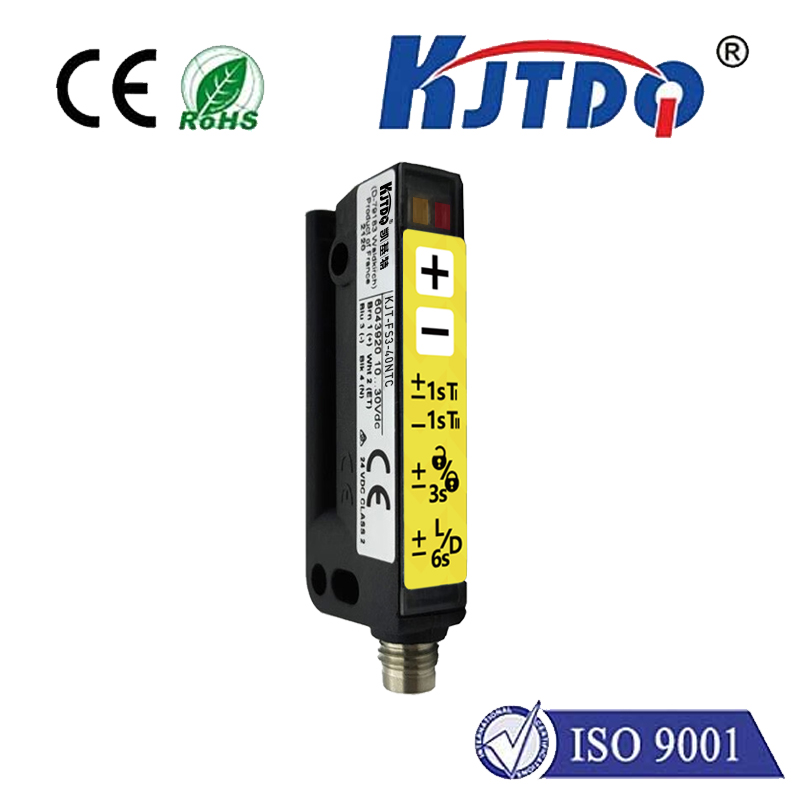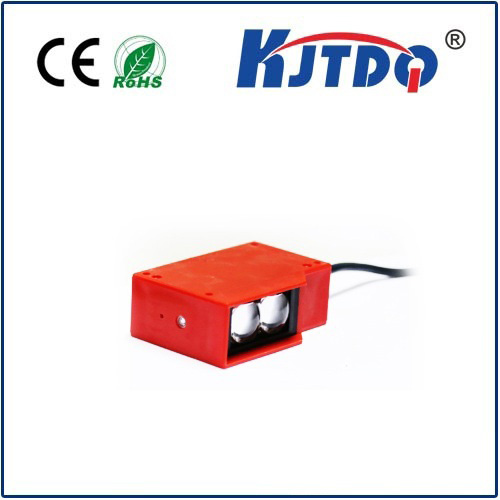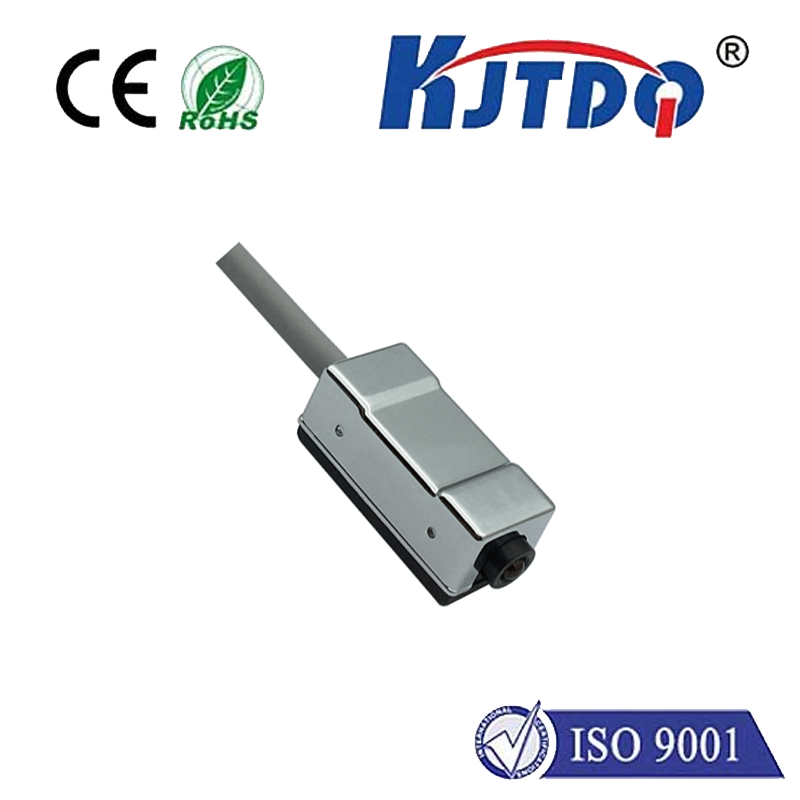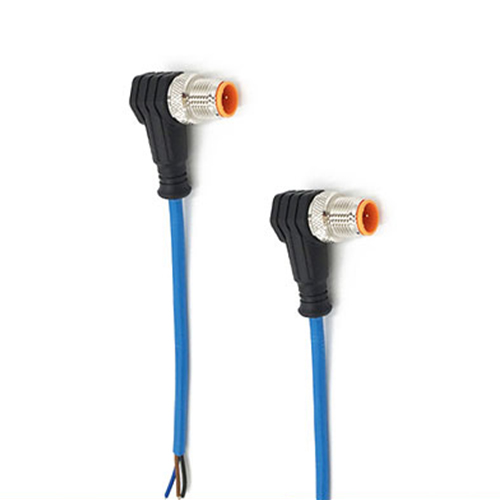BES01KE high pressure proximity sensor
- time:2025-10-13 16:12:49
- Click:0
Beyond Limits: How the BES01KE Proximity Sensor Masters High-Pressure Environments
Imagine monitoring the position of a piston within a hydraulic press generating forces equivalent to hundreds of atmospheres. Or reliably detecting valve positions deep within a subsea oil and gas system where immense water pressure is a constant threat. In these brutal environments, where standard sensors buckle and fail, the BES01KE High-Pressure Proximity Sensor stands as a vital sentinel of precision and reliability. This robust inductive device is engineered specifically to deliver unwavering performance where pressure isn’t just a factor – it’s the defining challenge.
Standard inductive proximity sensors excel at non-contact object detection in countless industrial applications. Yet, their Achilles’ heel often lies in exposure to extreme pressure. Standard housings can deform, seals can fail, and internal components can be compromised, leading to catastrophic sensor failure, unplanned downtime, and significant safety risks. This is the critical gap the BES01KE was designed to bridge.
The Science Behind the BES01KE’s Resilience
At its core, the BES01KE functions as a robust inductive proximity sensor. It generates an electromagnetic field from its sensing face. When a metallic target enters this field, it induces eddy currents within the target, causing a change in the sensor’s internal oscillation. This change is detected and converted into a clean, reliable switching signal (typically NPN or PNP).

The true engineering marvel, however, is its ability to perform this function flawlessly under crushing pressure. Key design elements enable this:
- Fortified Housing: Typically constructed from high-grade materials like stainless steel (V4A/316L), the BES01KE’s body provides exceptional mechanical strength. This isn’t merely about durability; it’s about resisting the immense compressive forces trying to collapse the sensor.
- Hermetic Sealing: Achieving and maintaining an ingress protection rating like IP67 or IP69K is crucial. But for high pressure, beyond just keeping water out, the seals must prevent pressure media from penetrating the sensor’s internal cavity. Specialized sealing techniques create a hermetically sealed barrier, safeguarding delicate electronics.
- Pressure-Resistant Barrier: The critical interface is the sensing face. The BES01KE incorporates a robust barrier (often a thick layer of high-performance plastic like PPS or PEEK or a specialized metal diaphragm) capable of withstanding the direct force of the pressurized environment without compromising sensitivity.
- Internal Reinforcement: The design ensures that the pressure acting on the sensing face is effectively counterbalanced or managed within the internal structure, preventing distortion that would alter the electromagnetic field and ruin accuracy.
Unpacking the Power: Key Features and Benefits
Understanding the BES01KE’s specifications reveals why it’s chosen for the toughest jobs:
- Extreme Pressure Tolerance: This is its defining characteristic. The BES01KE is explicitly engineered to withstand pressures far exceeding standard sensors. While exact figures vary by model and manufacturer, ratings of up to 500 bar (7,250 psi) or even higher are common. Always verify the specific datasheet rating for your intended application.
- Unwavering Reliability: Engineered for harshness, its robust build and hermetic sealing translate directly into exceptional long-term stability and minimized risk of failure. This means reduced maintenance costs and significantly less unplanned downtime, a critical factor in high-stakes operations.
- Resistance to Harsh Media: The stainless steel construction and potent sealing make it highly resistant to corrosion by oils, coolants, salt water, and various chemicals commonly encountered in demanding hydraulic and process systems.
- IP67/IP69K Protection: Ensures reliable operation against dust ingress and powerful water jets or washdowns, common in environments like food processing or heavy machinery cleaning.
- Wide Temperature Range: Capable of functioning reliably across a broad operating temperature spectrum (e.g., -25°C to +85°C or wider), ensuring performance in hot hydraulic systems or cold ambient conditions.
- Standard Electrical Integration: Despite its specialized mechanical properties, the BES01KE typically offers standard electrical outputs (3-wire, NPN/PNP, NO/NC) and connection methods (M12 or M8 connectors, cable exits), allowing for straightforward integration into existing control systems.
Where the BES01KE Excels: Mission-Critical Applications
The BES01KE isn’t a general-purpose sensor; it’s a specialist deployed where failure is not an option:
- Hydraulic Systems: The quintessential application. Monitoring cylinder positions, valve states, and component presence within high-pressure hydraulic power units (HPUs), presses, injection molding machines, and heavy construction machinery (excavators, cranes).
- Oil & Gas (Onshore & Offshore): Detecting valve positions, actuator status, and component presence on drilling rigs, within subsea control systems, pipelines, and refinery equipment, where pressure and corrosive environments are constant challenges.
- High-Pressure Processing (HPP): Used in food and beverage equipment that utilizes ultra-high pressure for preservation and pasteurization. Sensors must operate reliably inside pressurized chambers.
- Test Benches & Pressure Vessels: Providing position feedback or component detection within specialized testing apparatus designed to simulate or contain extreme pressures.
- Manufacturing & Heavy Industry: Any process involving high-pressure fluid control, clamping, forming, or pressurization – e.g., die casting, forging presses, autoclaves.
Choosing and Implementing the BES01KE: Key Considerations
Selecting the right sensor is paramount for success:
- Pressure Rating: This is non-negotiable. Exceeding the specified maximum pressure rating will cause sensor failure. Rigorously determine the peak pressure (including potential spikes) your sensor will face and choose a model rated significantly above this level. Safety margins are critical.
- Media Compatibility: Ensure the housing material (stainless steel grade) and sensing face material are compatible with the specific fluids and chemicals present. Check chemical resistance charts.
- Temperature Range: Verify the operating range suits your application’s ambient and process temperatures.
- Electrical Specifications: Output type (NPN/PNP), switching function (NO/NC), voltage range, and connection type (connector/cable) must match your control system requirements.
- Sensing Distance & Target Material: Standard inductive principles apply. Ensure the sensor’s nominal sensing range suits the gap to your target, and confirm the target material is ferrous (steel) or non-ferrous (aluminum, brass, etc.), as this affects the effective sensing distance.
The Imperative of Resilience: Why the BES01KE Matters
In applications defined by crushing forces or volatile environments, sensor failure is more than an inconvenience; it’s a potential catalyst for catastrophic equipment damage, costly production shutdowns, and significant safety hazards. The BES01KE High-Pressure Proximity Sensor represents a critical engineering solution. By seamlessly integrating the non-contact detection principle of inductive sensing with an architecture designed to shrug off immense pressure, it delivers unmatched reliability and precision where others simply cannot function. It transforms high-pressure detection from a constant vulnerability into a source of operational confidence, safeguarding processes, protecting investments, and enabling the efficient, safe operation of machinery at the very edge of industrial capability. Choosing the BES01KE isn’t just selecting a sensor; it’s investing in the resilience required to conquer the extremes.






